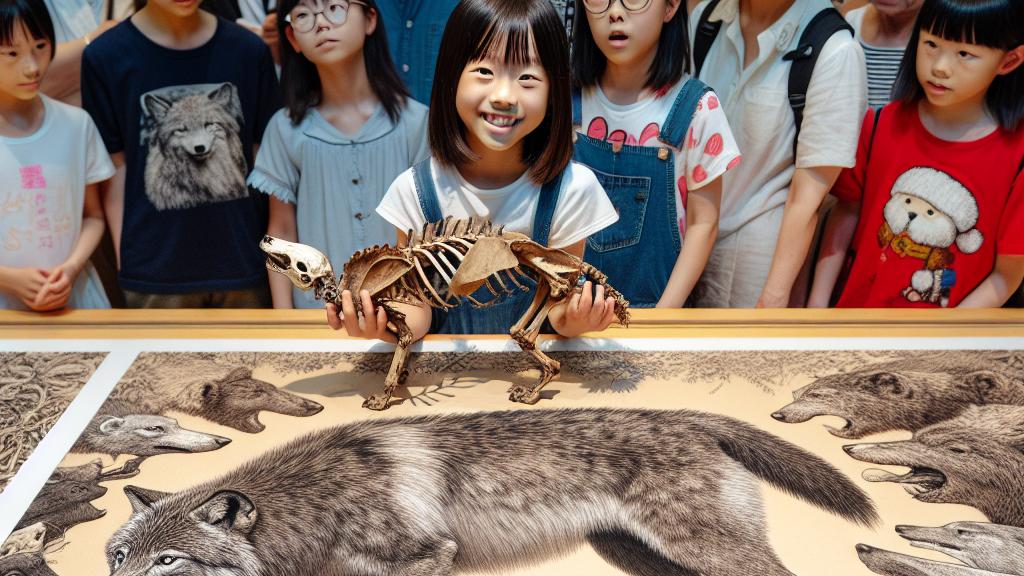From Homework to Headlines: How a Young Researcher Discovered the Japanese Wolf!
Overview
- Elementary student Hinako Komori discovers a rare specimen of the Japanese wolf, thought extinct for decades.
- Her research paper co-authored with experts shines a light on the importance of wildlife conservation.
- This inspiring story encourages young students to pursue scientific inquiry and explore nature.

A Remarkable Discovery in Japan
In an inspiring story from Japan, fourth grader Hinako Komori made a groundbreaking discovery of a rare specimen of the Japanese wolf, a species believed to have become extinct in the early 20th century. This remarkable finding marks the only sixth specimen of the Japanese wolf identified worldwide, drawing significant attention to its historical and ecological importance. The specimen was unveiled at the National Museum of Nature and Science in Tokyo during a special exhibition, emphasizing the need for biodiversity conservation and sparking excitement among researchers and visitors alike.
Journey from Curiosity to Academia
Hinako’s journey began when she spotted the specimen at the museum and felt compelled to investigate further. Collaborating with researchers, she meticulously gathered information and conducted her research, culminating in an impressive 16-page research paper. This paper, co-authored with two esteemed scientists, earned her the title of first author, a rare accomplishment for someone her age. Hinako's dedication not only showcases her exceptional talent but also illustrates how young learners can make meaningful contributions to academic research and wildlife conservation, inspiring peers to explore scientific topics with passion and diligence.
Inspiring Future Generations
Hinako's story serves as a powerful motivator for children and young learners everywhere. By participating in inquiry-based educational programs that highlight the wonders of the natural world, children can discover their own interests in science and conservation—just like Hinako did. Her journey encourages a new generation to be curious, to ask questions, and to seek knowledge about the environment around them. Emphasizing the importance of ecological stewardship, Hinako’s experience demonstrates that even the smallest discoveries can lead to significant awareness and action towards preserving our planet's biodiversity for future generations.

Loading...